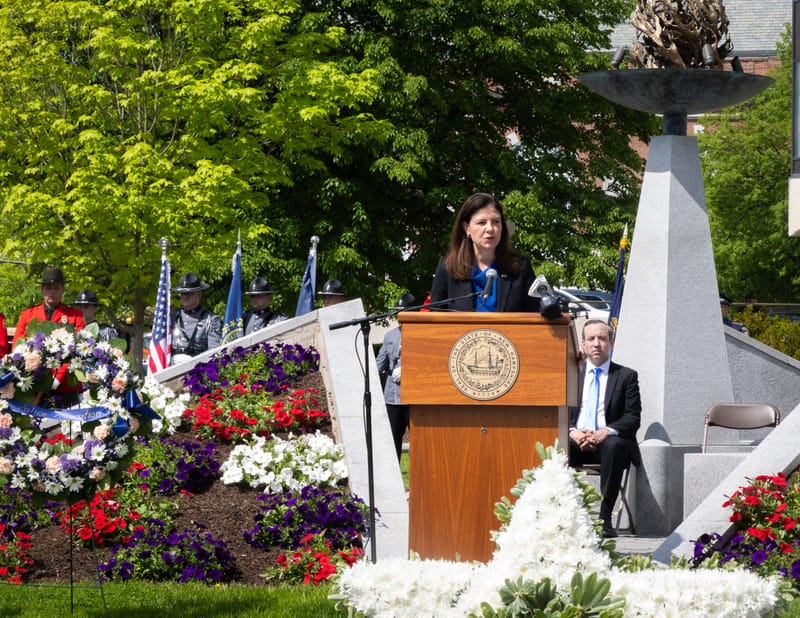On Veterans Day: Finding ‘Little Square,’ the collection of bronze plaques and other tangible reminders of those who gave all
They gave their lives for their country, so we in Manchester honor them with bronze plaques in squares that bear their names. But even as we approach Veterans Day – when the tablets erected in their memory are bedecked with flags – these monuments can be easily overlooked. If we aren’t careful, the
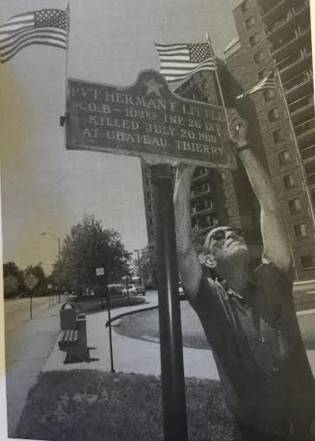
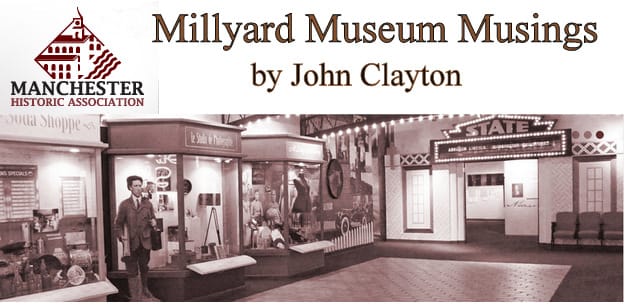
They gave their lives for their country, so we in Manchester honor them with bronze plaques in squares that bear their names. But even as we approach Veterans Day – when the tablets erected in their memory are bedecked with flags – these monuments can be easily overlooked.
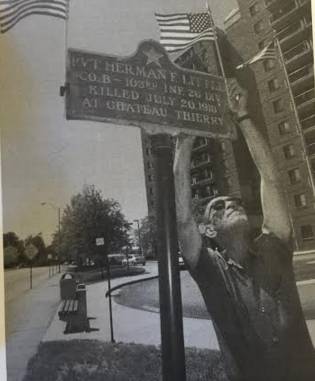
If we aren’t careful, the men they honor may also be forgotten, and the fallen sons of our city might be lost in the mists of history.
____________
Does anyone know Granite Square as ” Little Square”? Nearly 80 years ago, that was the name bestowed upon the busy West Side crossroads in honor of Army Pvt. Herman F. Little.
But who was Herman Little? He was just an average Joe, supporting his widowed mother by working as a wool sorter with Amoskeag Manufacturing. Then, in 1918, he enlisted, trading the tranquil streets of Manchester for the trenches of Europe. In no time, he found himself on a boatload of doughboys bound for a French village on the Western front.
Little was with the Sheridan Guards attached to the 103rd Infantry. Their task? Prevent the Germans from crossing the Marne and reaching Paris. They did it well. Then, on July 18, under the leadership of Marshall Foch, Little took part in a ferocious counteroffensive that drove the Germans back into Belgium.
On Aug. 6, his mother received a tersely worded telegram from Washington.
”Deeply regret to inform you that … Private Herman F. Little, Infantry, was wounded in action July 20. Degree undetermined. Department has no further information.”
That same day, Anna Little got a letter from her son dated July 3.
”We are having a hot time … with the Huns,” wrote Little, who told of meeting another West Side boy – William Gemmell – in the trenches. ”I gave him a little advice on how to battle the Huns, as he is new in the game and I am an old hand.”
Not very old. In fact, Pvt. Little was already dead at the age of 22 when his mother read his letter. She wouldn’t learn of his passing until Sept. 6, but he had died in the field at Chateau-Thierry on July 20, and a grateful city – moved by his valor – erected a plaque in his honor.
______________
Every day, hundreds of shoppers come and go from the CVS at the corner of South Main and Woodbury streets, but in the rush of traffic, how many have time to notice the plaque across the street that honors the memory of Seaman Francis ”Pat” Lally?
Even if they had the time, the plaque has only the barest of facts. Seaman Lally died with his shipmates when the escort carrier Liscombe Bay was torpedoed off the Gilbert Islands on Nov. 24, 1943.
It says nothing of his days at West High or at St. Anselm College or about his part-time job at the old Sully’s Superette that used to stand across the street. Nor does it record the selflessness that earned him headlines a year before his death.
While off the coast of Guadalcanal, his ship came upon the carnage that was once an American destroyer. Three days earlier, a squadron of Japanese planes – 32 in all – had sunk the ship and returned three times to strafe the survivors. The sharks took their share as well. One of the men they pulled from the water was another West Sider named Bob Phillips, who soon felt the hand of a friend.
”I could not walk or see as I was blind from oil in the water which had gotten into my eyes,” Phillips later wrote in a letter to his mother. ”As the ship pulled up, Pat says he recognized me. He carried me down to his bunk, gave me his clean clothes and took care of me until we got into port and to the hospital. He let me have his bunk and slept on the floor right beside me. He sure was a wonderful friend if there ever was one, and I’ll never forget it.”
Manchester hasn’t forgotten Lally either. The Southwest Little League named its field in his honor, and a corner of the city still carries his name.
_____________
When he left St. Joseph’s High School after his sophomore year, there wasn’t much doubt that Roger Cote was going to join the Army. But enlisting at 17? He couldn’t do that without his father’s signature, but his was an Army family, after all, so William Cote gave it willingly. Perhaps that’s why the sight of two men in uniform at his door cut him so deeply. It was Sept. 11, 1950.
”We were all there when they brought him the telegram,” said Private Cote’s brother, Arnold Cote, who was just 12 at the time. ”My father just walked out the door. He walked around for a long time. Then he came back in. He told us my brother was dead. We already knew.”
Ten days earlier, Pfc. Roger B. Cote had been killed in action near Masan in South Korea. His death still haunts his cousin, Raymond Cote.
”I think of him often,” he said. ”We had a whole bunch of kids in the neighborhood. We’d vault over Cemetery Brook and hunt for pollywogs, all those Huckleberry Finn things kids did back then. I still wonder how things would be if he was around.”
If you drive past the point where Valley and Massabesic streets converge, Roger Cote is still around, at least in memory. That’s where his mother and father and brothers and sisters gathered on June 17, 1951 as the city of Manchester named the square in his honor.
_____________
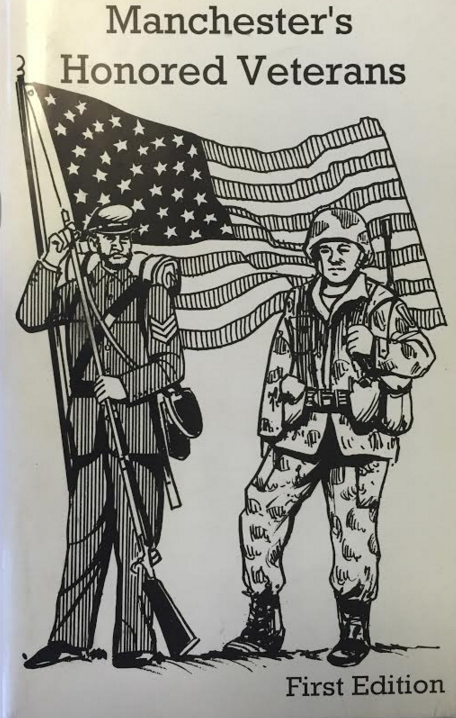
Many other Manchester men have been honored with bronze plaques that bear their names, but the facts engraved upon them convey too little about the men themselves. The same is true of those whose names live on in our parks and schools and bridges.
That’s why I once volunteered for a project with Mike Lopez, the late Tony Karam and the late John Mongan. With help from the Greater Manchester Veterans Council we put together a booklet to recognize the names of the servicemen who are honored throughout our city. It was nearly 20 years ago.
The booklet included the stories and anecdotes and personal remembrances from friends and family, so those who served our nation would be remembered by future generations in their home town.
The book is called “Manchester’s Honored Veterans.” There was only one printing run, so if you have a copy, treasure it, but share it.
We need to remember.
This piece was previously published on the Inklink on Nov. 9, 2015.

John Clayton is Executive Director of the Manchester Historic Association. You can reach him with your historical (or existential) questions at jclayton@manchesterhistoric.org.

You’re one click away! Sign up for our free eNewsletter and never miss another thing.


